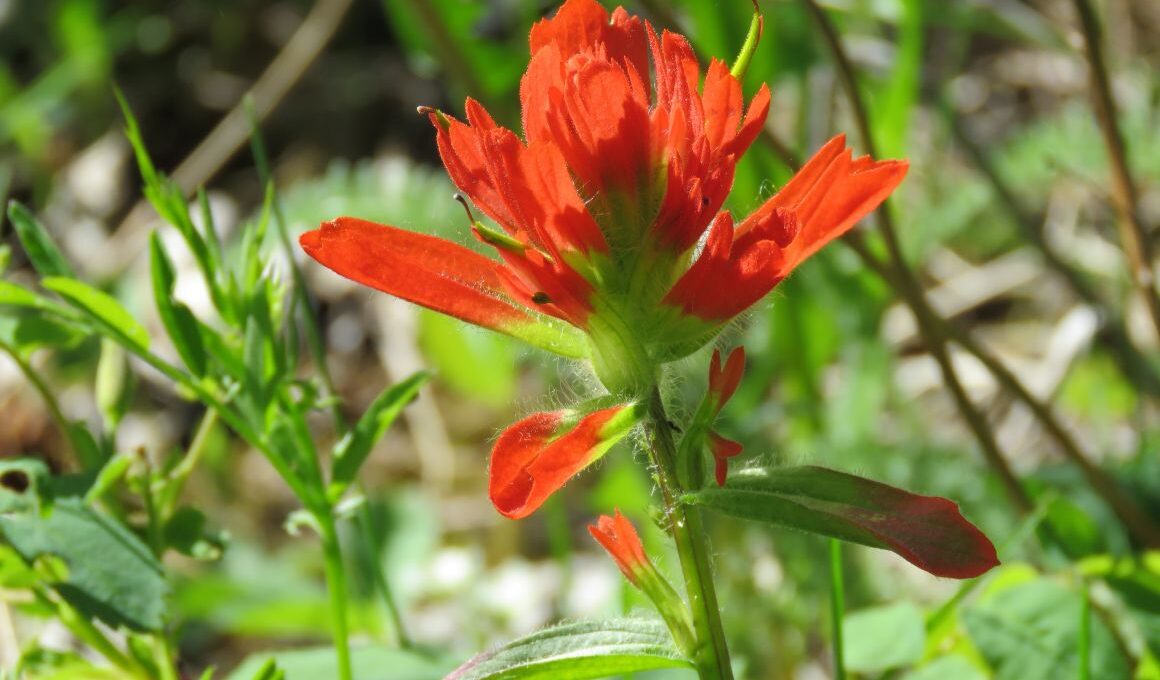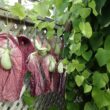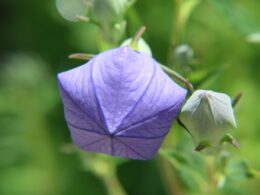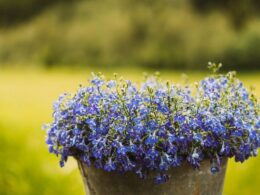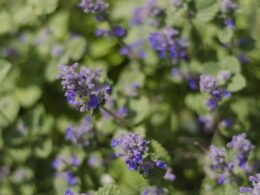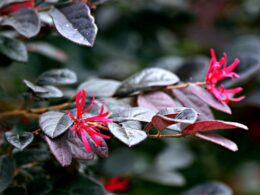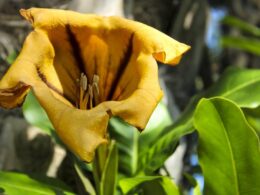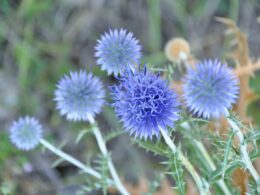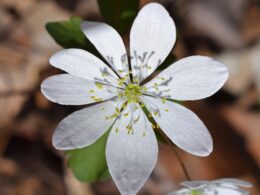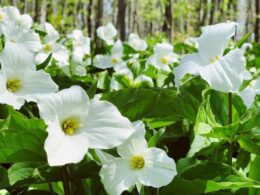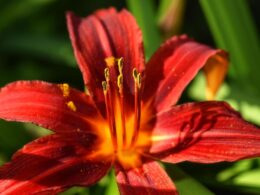Indian Paintbrush Flower: Basic Information
The Indian paintbrush is a member of the genus Castilleja, which contains about 200 species of annual and perennial herbaceous plants. The plant is native to North America, where it can be found in every state except Hawaii. It grows in a variety of habitats, including grasslands, meadows, and open woods.
Flower Characteristics
The Indian paintbrush is a tall plant that can grow to be up to two feet tall. The stem of the plant is green and can be hairy. The Indian Paintbrush bract is a colorful part of the flower that can be seen long before the flower blooms. The red bracts are actually a leaves, and it is the leaf that produces the color. The Indian paintbrush is a beautiful flower that has a long history of significance to Native Americans. The flower was traditionally used for medicinal purposes and is still used by some Native American tribes today. The plant is also an important food source for many animals, including deer, elk, and bighorn sheep.
How to Grow Castilleja?
Indian Paintbrush flowers are native wildflowers that add a splash of color to summer gardens. The Indian Paintbrush seeds should be planted in a sunny location with well-drained soil. Once the seedlings have emerged, thin them to 8-12 inches apart. The plant prefers to bloom best in full sun, but they will tolerate some light shade. These plants are relatively drought-tolerant, but they need companion plants.
Companion Plants
Once it is established, it requires very little care and can even tolerate drought conditions. When choosing a host plant for Indian Paintbrush, it is important to select a species that is native to the same region. Good choices include Echinacea, Verbena, and Lupinus. All of these plants are hardy and will provide the Indian Paintbrush with the nutrients it needs to thrive. In return, the Indian Paintbrush will add color and beauty to your garden.
How to Care for Indian Paintbrush Flowers?
As with any other plant, Indian paintbrush flowers must be properly cared for if it is to thrive. Indian Paintbrushes bloom from spring to early summer. Here are a few tips on how to care for your Indian paintbrush.
Water Regularly but Occasionally
It is best to water Indian Paintbrush sparingly. Indian Paintbrush flowers do not like to have its roots waterlogged, so it is best to err on the side of too little water rather than too much.
Do Not Fertilize
Indian paintbrush is a native plant and does not need any supplemental nutrients. The plant will grow in most soil types.
Provide Well-Drained Soil
Indian paintbrush does not like to sit in wet soils, so make sure your planting area has good drainage. Indian paintbrush should be planted in full sun for best results. If you live in an area with hot summers, the plant will benefit from some afternoon shade.
Give It Some Space
Indian paintbrush can spread rapidly, so give it room to grow. This is especially important when planting it in a garden bed, as it can easily crowd out other nearby plants.
Prune as Needed
Indian paintbrush can become leggy and overgrown if not pruned regularly. Prune back to encourage new growth and maintain a tidy shape.
With proper care, your Indian paintbrush will thrive and add color and beauty to your landscape.
Common Problems
One is powdery mildew, which appears as a white powder on the leaves and stems. Another is rust, which causes orange or brown spots to form on the leaves. Indian Paintbrush flowers are also susceptible to root rot, which can kill the plant if left unchecked. The best way to prevent these problems is to plant Indian Paintbrush in well-drained soil and to water them regularly. If powdery mildew does appear, it can be treated with a fungicide. Rust can be controlled by removing affected leaves and treating the plant with a fungicide.





